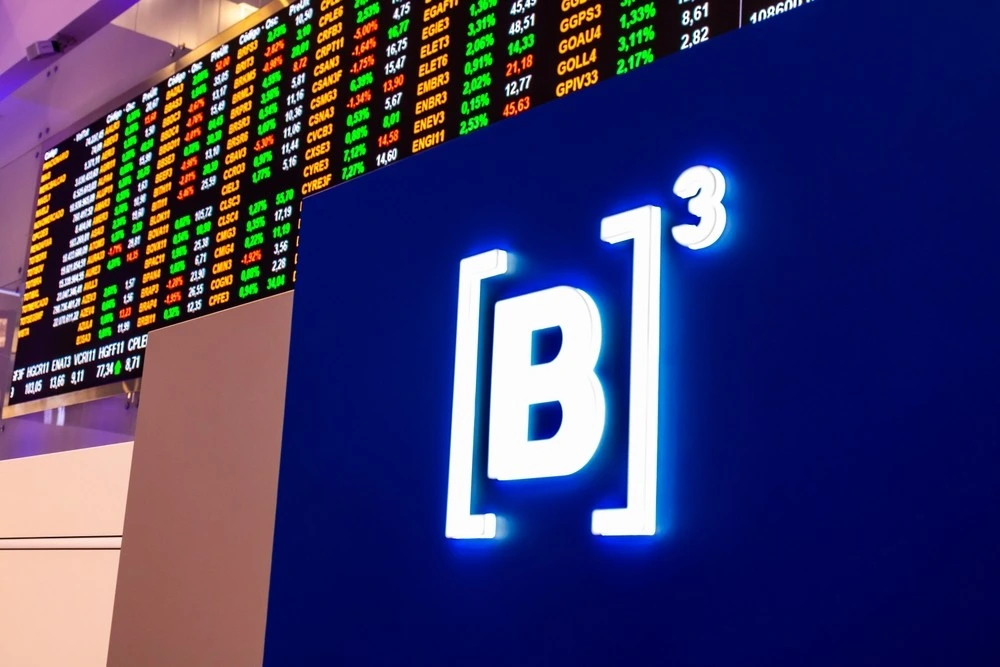The Brazilian real strengthened against the US dollar on Tuesday. This shift followed the release of US inflation data. The data weakened conservative bets on the Federal Reserve’s next moves.
The spot dollar closed at R$ 6.0464, down 0.85% from the previous day. This decline mirrored trends seen in global markets. The DXY index, which measures the dollar against six major currencies, fell 0.68% to 109.280 points.
US inflation figures drove the dollar’s decline. The Producer Price Index (PPI) for December came in weaker than expected. It rose 0.2%, below the forecasted 0.3% increase. This data cooled expectations for aggressive Fed rate hikes.
Additionally, traders now see a 97.3% chance the Fed will hold rates steady in January. This marks a slight decrease from the 97.9% probability seen on Monday. The current rate range stands at 4.25% to 4.50%.
In Brazil, investors await news on the fiscal front. Finance Minister Fernando Haddad announced plans for tax reform. He stated President Lula would sign the tax reform bill this week, with some vetoes.
 Dollar Down as U.S. Inflation Cools, Closing at R$ 6.04. (Photo Internet reproduction)
Dollar Down as U.S. Inflation Cools, Closing at R$ 6.04. (Photo Internet reproduction)Brazil’s Economic Reforms
Haddad also revealed plans for income tax reform. The government will wait for new congressional leadership before submitting proposals. Elections for these positions are set for February 1st.
President Lula aims to maintain income tax exemptions for low earners. This would apply to those earning up to two minimum wages, or R$ 3,036, in the 2025 budget.
US Treasury yields partially offset the dollar‘s weakness. The 10-year yield exceeded 4.8% for the second consecutive day. The 30-year yield, a mortgage market benchmark, hit 5%, its highest level since November 2023.
In short, these market movements reflect ongoing economic uncertainties. Investors continue to navigate between inflation concerns and potential policy shifts. The dollar’s decline against the real highlights the complex interplay of global economic factors.

 By The Rio Times | Created at 2025-01-14 21:38:00 | Updated at 2025-01-18 07:57:15
3 days ago
By The Rio Times | Created at 2025-01-14 21:38:00 | Updated at 2025-01-18 07:57:15
3 days ago








